12-3-30 Walking Method: 20 Proven Tips to Lose Weight Faster
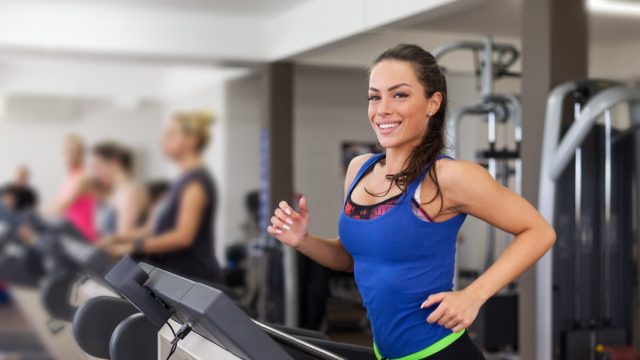
The 12-30-30 walking workout is one of the most buzz-worthy exercise methods on social media. Created by Lauren Giraldo in 2019, the simple treadmill routine, which involves walking for 30 minutes at an incline of 12 percent and speed of 3 miles per hour, helped the influencer lose 30 pounds. In four years, it has helped endless people lose massive amounts of weight. How can you lose the most weight and burn fat fast and efficiently with the walking workout? Here are key tips from fitness experts, weight loss warriors, and nutritionists.
Start with Less Incline
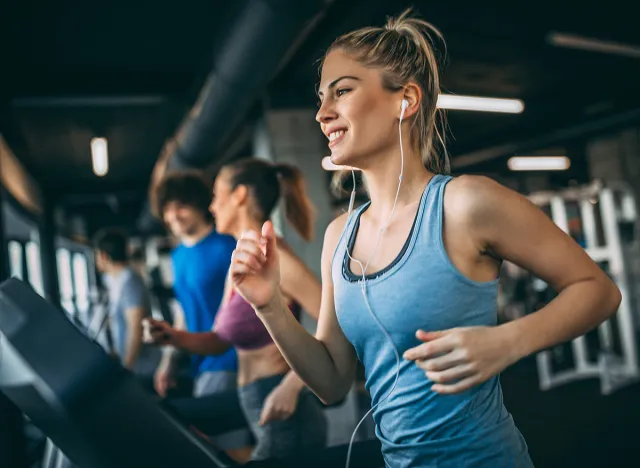
Consider 12-3-30 a goal. However, if you are just starting out, you don't have to hit the numbers. "Start off slowly and build up your incline," recommends fat loss coach Baylee in a TikTok video. "You will still get benefits of your workout if you are on a 3 incline or a 6 incline, so long as it's challenging to you."
Start with Less Speed
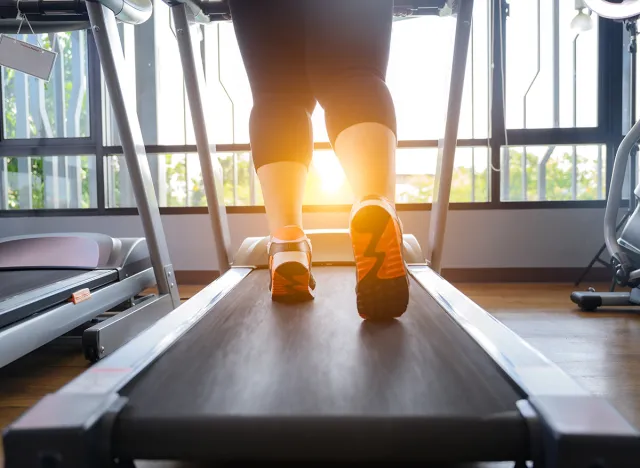
"Also, build up your speed," Baylee suggests. "Once it gets easy, increase the speed so that you can continue to progress and continue to challenge yourself."
Don't Hold the Handrails
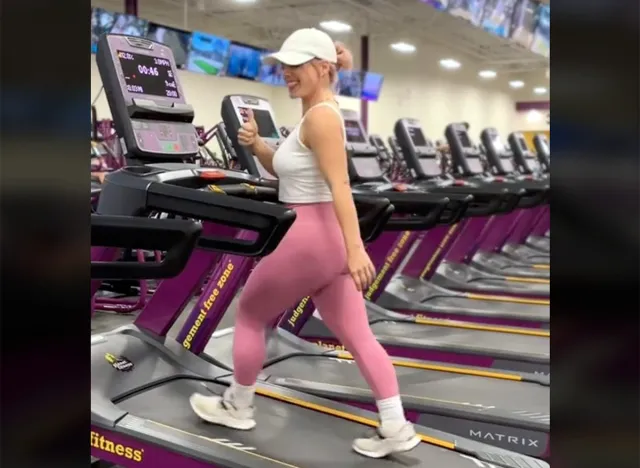
Laci Renee, a fitness influencer with 218,3000 followers, offers up a serious tip in a viral video with over 1 million views. "Don't hold the handrails," she says. Why? You are undoing the work needed to walk on an incline.
Also, Don't Lean Back
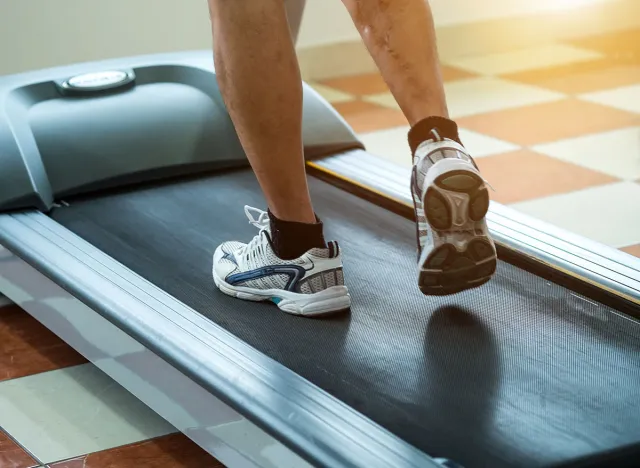
Also, don't "lean back," she says about the "one easy and common form correction to get the most out of this exercise."
Lean Forward Slightly Hinging on Your Hip
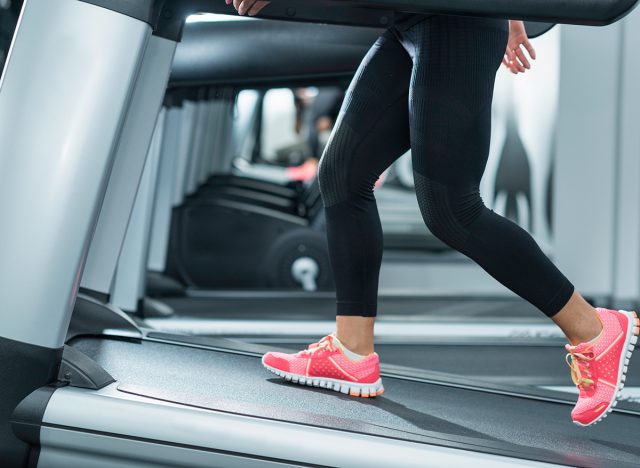
Julie, a fitness trainer, offers the following tip. "Lean forward slightly hinging on your hip," she says about the proper form in a video.
Don't Do It Before Lifting
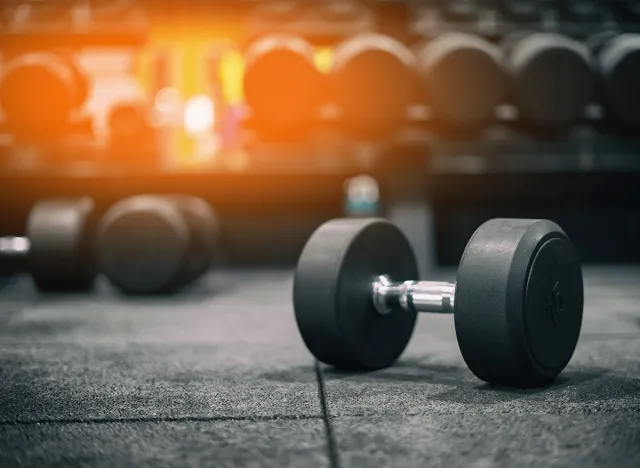
If your goal is to build lean muscle — or tone – "don't do it before lifting," Julie warns. "Conserve your energy and lift first."
Stand Up Tall
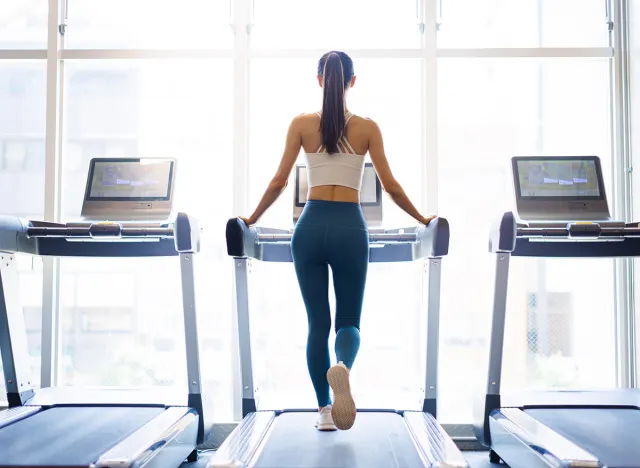
Also, Julie reminds to "stand up tall," as you are losing "core engagement and not bringing your heart rate up," by slouching.
Do Intervals

One fitness influencer, Deanna, AKA the "curvy millennial" revealed in a TikTok that she created intervals with the 12-3-30. "I do incline 12 with speed 3 for 10 minutes, take a 5 minute break to incline 2 with speed 2.5. I do this 3 times."
Squeeze Your Core
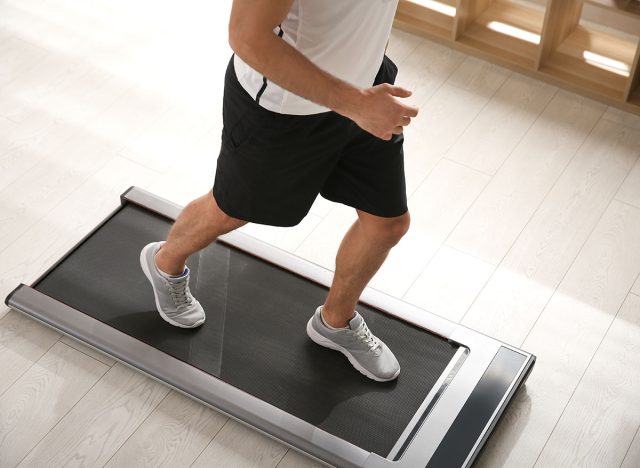
Taylor Donoghue revealed her hack for the 12-30-30 in a video. "Squeezing your core while walking 12/3/30 on the treadmill always helps me tighten and firm my stomach while also promoting good posture," she says.
Watch a Netflix Show
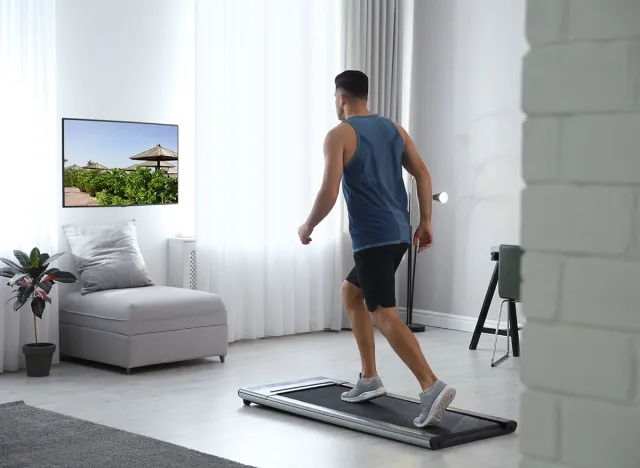
In order to make the time pass faster, try and watch a show instead of counting down the minutes. "My trick is playing a Netflix series as you go. Don't watch the clock," suggests Libb Stokes.
Don't Look at the Clock Until You Feel Tired
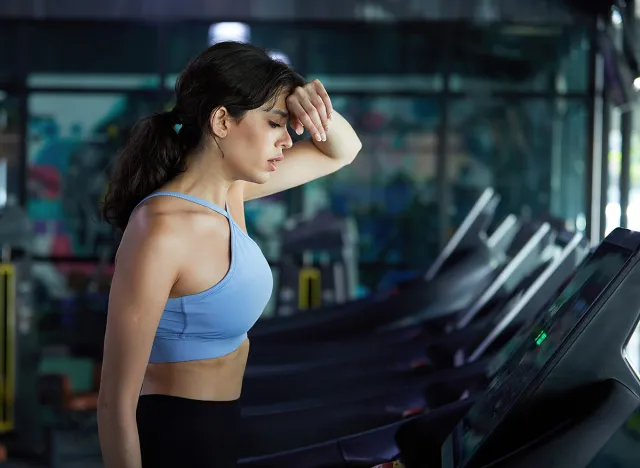
"Don't look at the clock until you feel tired," suggests Kaitlyn Anderson. "If you are just sitting there looking at the clock the whole time until you reach a certain number, of course, you are going to feel tired when that time approaches. But if you don't look at the clock and you just keep going until you actually feel ready to quit, then you are going to be able to go so much longer."
Read a Book
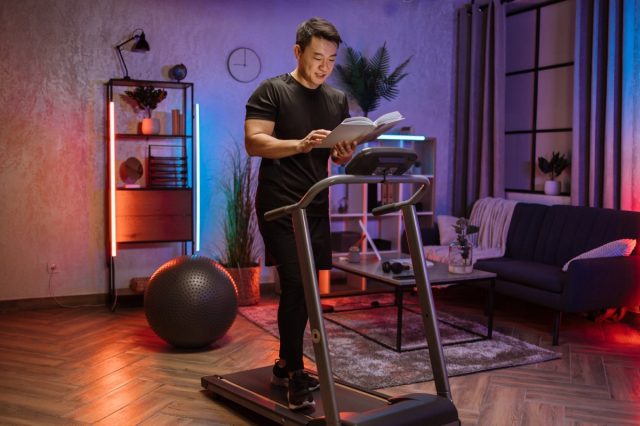
Selena Torres recommends reading while walking. "Do 12,3,30 and read on the treadmill. You get your steps in, and the time goes by 3 times faster," she claims.
Pair with Strength Training
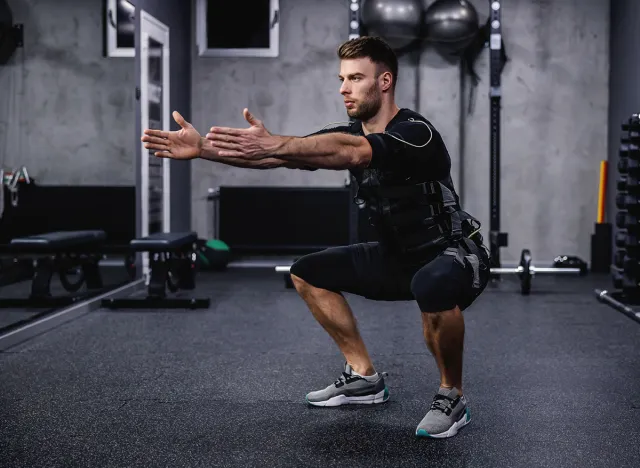
Tonal Coach Kendall "Woody" Wood suggests pairing 12-3-30 with strength training for maximum fat loss. "12-3-30 is simply LISS (low-intensity steady state) cardio, which helps increase blood flow, relieve tension, and mobilize the joints, while strength training improves your muscle mass, connective tissue health, and flexibility to prevent injury during exercise – making both super beneficial in your workout regime!" Woody points out. Try doing at least two strength training workouts per week, incorporating functional movements such as squats, lunges, and hinges.
Take Rest Days

Make sure to take rest days, says Woody. "Incorporate 1 to 2 rest days per week to allow your body to recover and adapt to the training stimuli. This prevents overtraining, which can hinder fat loss progress," she says.
Don't Forget to Stretch
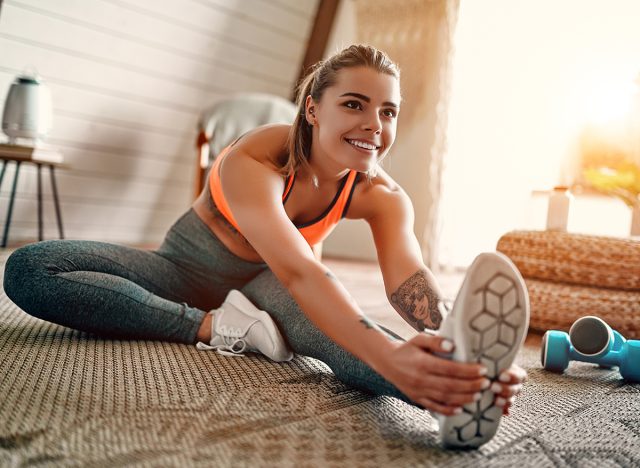
Woody adds that you need to prioritize recovery and mobility. "Don't overlook the importance of recovery and mobility work. Incorporate stretching, foam rolling, and mobility exercises to maintain joint health, reduce injury risk, and enhance overall performance," she says.
Drink Fluids
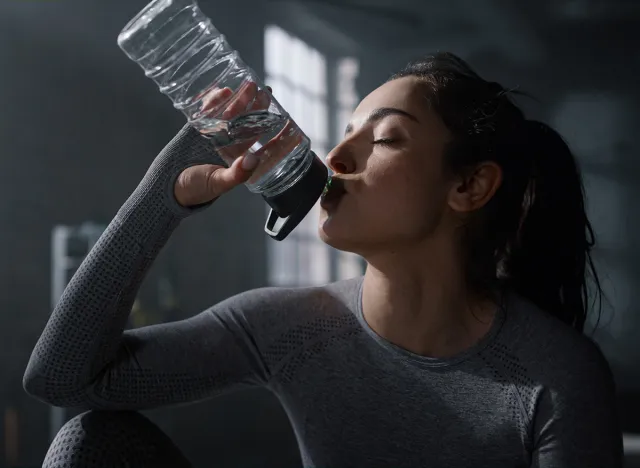
Body Network's Resident RDN, The Diet Diva, Tara Collingwood, MS, RDN, CSSD, LD/N, ACSM-CPT, a Board Certified Sports Dietitian, co-author of the Flat Belly Cookbook for Dummies, reminds that you should drink plenty of fluid, "mostly water, throughout the day to make up for what you are losing in sweat as well as what you need for your normal day," she says.
RELATED: 15 Quick Ways to Lose Body Fat Percentage in a Wee
Make Sure You Don't Eat Back Your Calories
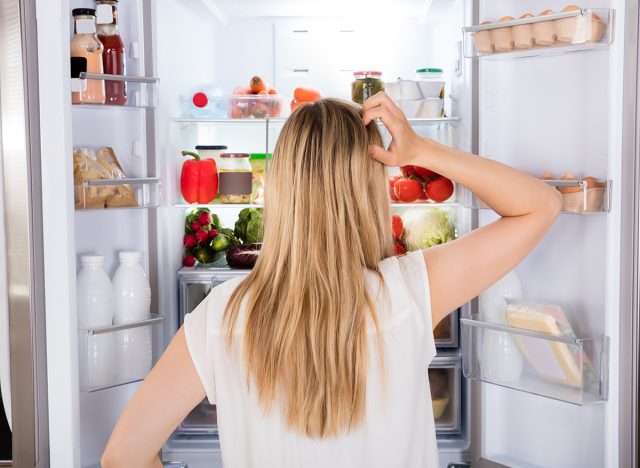
"Don't eat back the calories you are burning on the treadmill," says Collingwood. "Use the workout to help contribute to a calorie deficit for the day."
Fuel Your Body with Carbs and Protein Post Workout
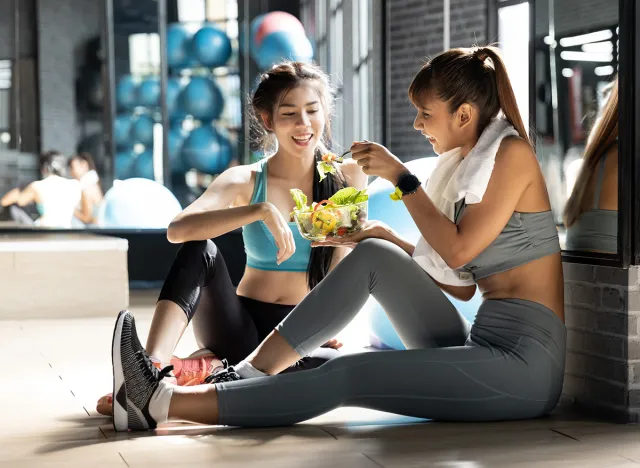
Collingwood also suggests fueling up post workout. "Make sure you recover your body by getting fluid and carbs within 30 to 60 minutes after your workout and get some protein within 2 hours after finishing," she says.
Make Sure You Are Consuming Enough Fiber
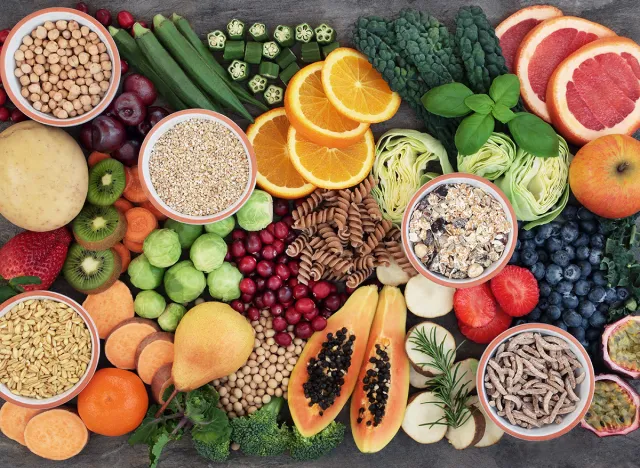
"Get at least 25-30 grams of fiber from fruits, veggies, and whole grains to keep you feeling more satisfied and keep your digestive tract moving," says Collingwood.
Get 7 to 9 Hours of Sleep

Finally, make sure your body is getting the rest it needs to recover. "Get 7 to 9 hours of quality sleep so your body can recover properly and release the hormones you need to repair and build the muscles you used," Collingwood says.
Hold Weights or Wear Ankle Weights
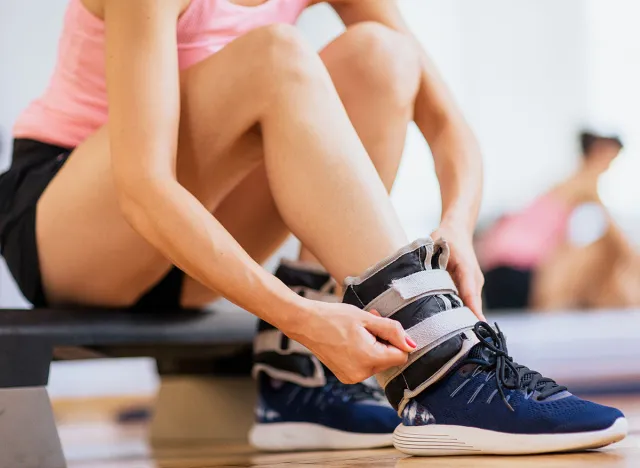
Samantha Harte, Doctor of Physical Therapy and founder of StrongHarte Fitness, recommends adding some extra resistance. "Hold light free weights or wear ankle weights while you're on the treadmill," she suggests.
RELATED: The Daily Walking Plan That Helped Me Shed 60 Pounds
Don't Stress
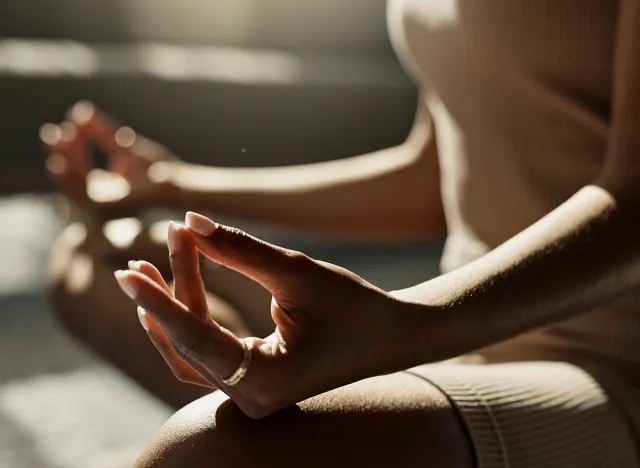
Harte also recommends having practical, stress-reducing tools available at all times, such as deep breathing. "Add in one minute of meditation a day," she suggests.
💪🔥Body Booster: Begin your workout with a low incline and gradually increase it as you progress. Remember, any incline that challenges you will provide benefits, whether it's a 3 or a 6.




